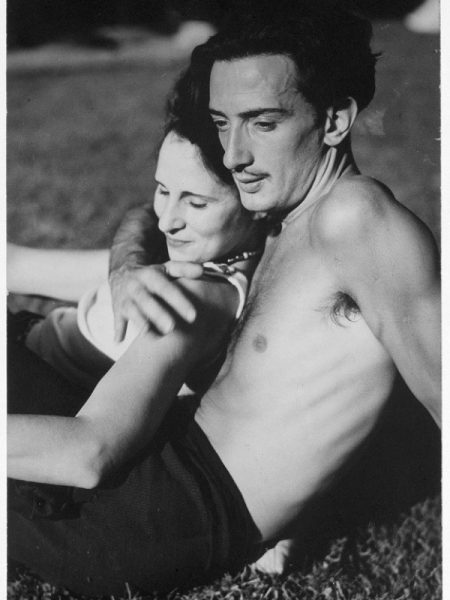
This is the passionate yet twisted story of one of art’s greatest masters, Salvador Dalí and Gala – his wife.
Gala (Helena Deluvina Diakonoff) was born in Kazan, Russia, a university town on the Volga River. Gala was the second of four children born to Ivan and Antonine Diakonoff. According to three different sources Gala’s correct date of birth has been given as 1892 and 1895; with her daughter, Cécile, stating that it was August 18, 1894. Her maiden name has also appeared as Helena Dimitrievna Diakonova.
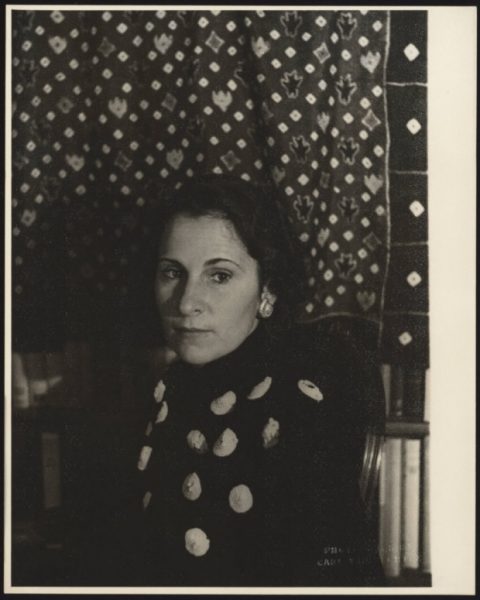
It is believed that Antonine’s first husband, Ivan, disappeared while prospecting for gold in Siberia. Gala was only ten years old when the final news of her father’s death reached the family. This left the family, her sister Lidia and her two brothers, Nikola and Vadim, destitute. According to the law of the Russian Orthodox Church, Gala’s mother could not remarry; she defied normal practice by choosing to live with the wealthy lawyer called “Kola” in Kazan. This arrangement provided a more comfortable life for the family although there was tension among the children towards the stepfather.
Gala was 10 years older than Dalí and when they met in 1929 she was also married to the poet Paul Eluard and mother of a little girl. She also had a lover, Max Ernst, who painted her in a number of portraits.
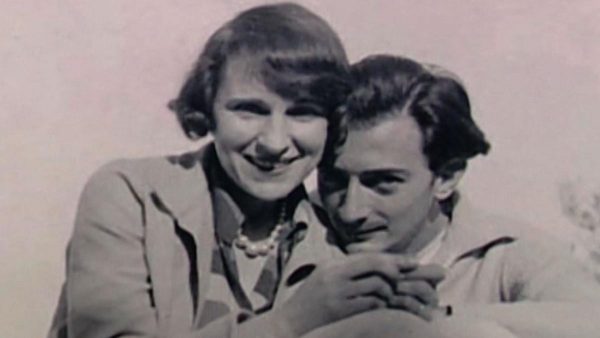
It was a love at first sight. In his Secret Life, Dalí wrote: “She was destined to be my Gradiva, the one who moves forward, my victory, my wife”. The name Gradiva comes from the title of a novel by W. Jensen, the main character of which was Sigmund Freud. Gradiva was the book’s heroine and it was her who brought psychological healing to the main character.
She immediately becomes his muse. Gala is a frequent model in Dalí’s work, often in religious roles such as the Blessed Virgin Mary in the painting The Madonna of Port Lligat.
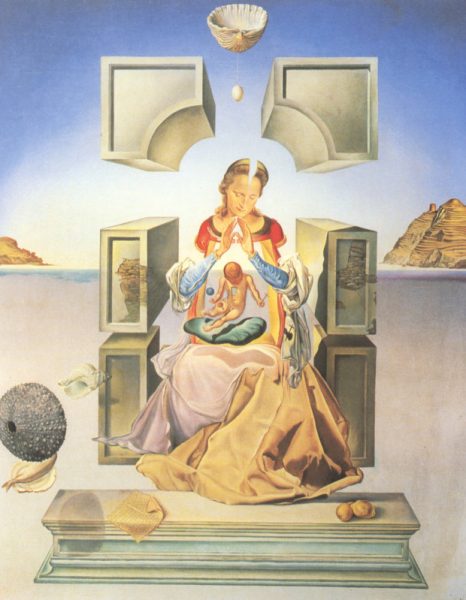
In the early 1930s, Dalí started to sign his paintings with his and her name as “it is mostly with your blood, Gala, that I paint my pictures”. Gala acted as his agent, very aggressively fighting for his rights with gallery owners and buyers. She was also using tarot cards to influence Dalí’s career decisions.
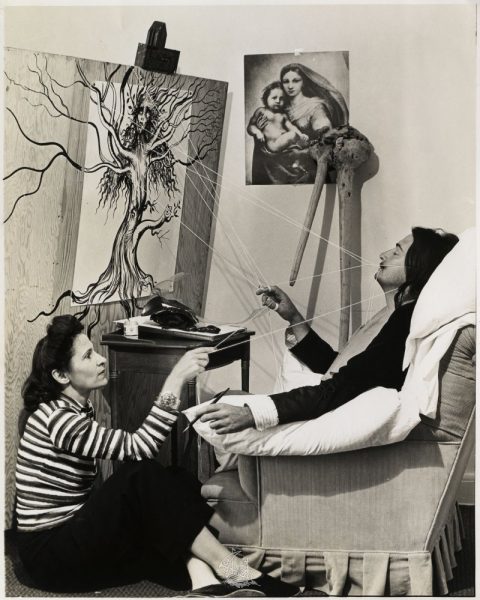
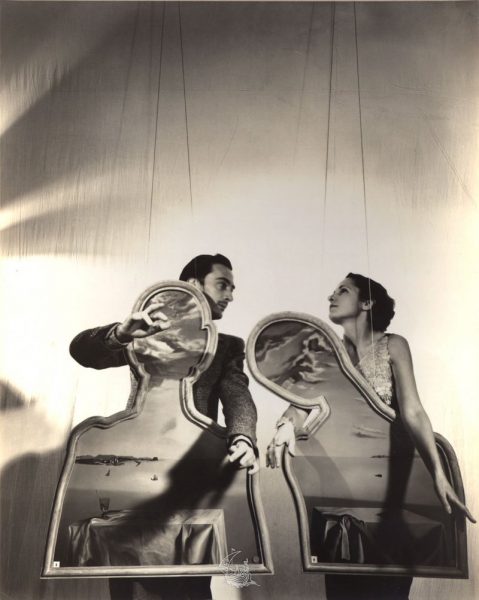
Dali’s maturity as an artist develops, and they too evolve as a couple. Dali had gained the patronage of Edward James, who subsidizes his career in the late thirties. The Dalis have become an extremely fashionable and formidable pair able to wield power and influence.
According to most accounts, Gala had a strong sex drive and throughout her life had numerous extramarital affairs (among them with her former husband Paul Éluard), which Dalí encouraged, since he was a practitioner of candaulism. Also, Salvador Dalí claims to be a virgin and completely impotent as he was afraid of women’s anatomy and Gala publicly assumes her affairs with other men. Still, it seems that their relationship was quite harmonic and lucrative for both sides. ‘I would polish Gala to make her shine, make her the happiest possible, caring for her more than myself, because without her, it would all end.’ – wrote Dalí.
But nothing lasts forever. In the end of the sixties their relationships started to fade away, and the rest of their life it was just smouldering pieces of their bygone passion.

In 1968 the painter bought Gala a castle in Púbol, Girona, and it was agreed that the painter could not go there without her prior permission. Gala spent much of her time there in company of young men, for whom she spent a fortune. In his turn Dali saved himself in company of attractive young ladies, though he didn’t want anything from them but their beauty. It was said to have held weekly orgies, though by all accounts, the artist himself didn’t participate except to watch.
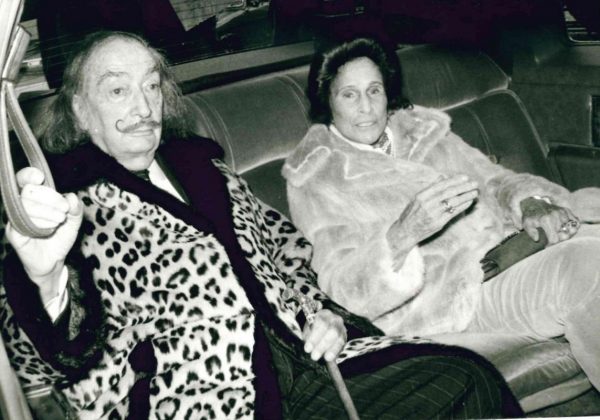
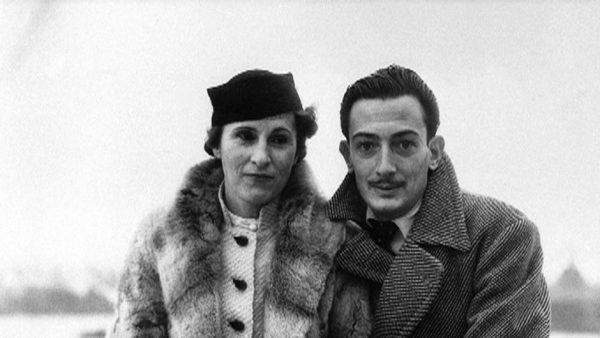
Gala Dalí died in Port Lligat, Spain, on June 10, 1982, following a severe case of the flu. She was buried in Púbol, Spain, on the grounds of a castle that was a gift from her husband. At the time of her death she was involved with an affair with a 22 year old Jesus Christ Superstar actor Jeff Fenholt for whom she left Dalí. But when Gala died, Dalí’s life became dull. He stopped eating, scratched his face, he was constantly shouting and crying. He outlived his wife by seven years.
They lived together for 53 years.
*extracted from the artdaily
